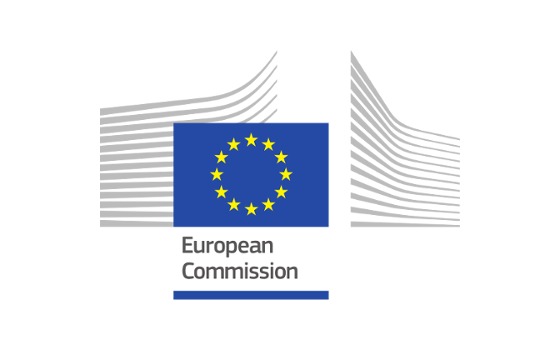 The first EU patients can use digital prescriptions issued by their home doctor when visiting a pharmacy in another EU country: Finnish patients are now able to go to a pharmacy in Estonia and retrieve medicine prescribed electronically by their doctor in Finland.
The first EU patients can use digital prescriptions issued by their home doctor when visiting a pharmacy in another EU country: Finnish patients are now able to go to a pharmacy in Estonia and retrieve medicine prescribed electronically by their doctor in Finland.
The initiative applies to all ePrescriptions prescribed in Finland and to the Estonian pharmacies that have signed the agreement. The novelty of this initiative is that the ePrescriptions are visible electronically to participating pharmacists in the receiving country via the new eHealth Digital Service Infrastructure, without the patient having to provide a written prescription. This is in line with our policy on Digital Health and Care, which aims to empower patients by giving access to their health data and ensuring continuity of care.
Andrus Ansip, Vice President for the Digital Single Market, said: "Congratulations to Finland and Estonia for showing the path in eHealth cooperation between states and I would like other countries to follow soon. People should be able to use their e-prescriptions across borders. Free movement is a founding principle of the EU: we must make it as easy as possible for people to get treatment or medicines when abroad in the EU. The next major step will be to simplify patient access to their very own health data, by developing a common format for exchanging electronic health records between EU countries."
Vytenis Andriukaitis, Commissioner for Health and Food Safety, said: "I very much welcome the first step in the exchange of ePrescriptions between Finland and Estonia. Sharing ePrescriptions and Patient Summaries will be crucial for patient safety as it can help doctors to better understand a foreign patient's medical history and can reduce the risks of incorrect medication and the costs of duplicate tests.The Commission will continue its support to expand these exchanges across the EU."
Mariya Gabriel,Commissioner for Digital Economy and Society, said: "This is a great starting point for better care for citizens, something arguably very important for them. ePrescriptions and International Patient Summaries can save lives in case of emergency situations. The EU Budget financed the technical solutions used for these exchanges, showing once again how important and how close it is to citizen's daily life."
In 2011, the European institutions adopted Directive 2011/24 which ensures continuity of care for European citizens across borders. The directive gives the possibility for Member States to exchange health data in a secure, efficient and interoperable way. The following cross-border health services are now being progressively introduced in all EU Member States:
1) ePrescription and eDispensation allow any EU citizen to retrieve his/her medication in a pharmacy located in another EU Member State, thanks to the electronic transfer of their prescription from his/her country of residence to the country of travel. The country of residence is then informed about the retrieved medicine in the visited country;
2) Patient Summaries provide background information on important health-related aspects such as allergies, current medication, previous illness, surgeries, etc., making it digitally accessible in case of a medical (emergency) visit in another country. It is an abstract of a larger collection of health data called the European Health Record. To make this a reality, the Commission will soon be presenting a Recommendation on the European Electronic Health Record Exchange Format.
Data protection rules are strictly observed and patients will have to provide their consent before these services are accessed.
Both services were made possible thanks to the eHealth Digital Service Infrastructure which connects the eHealth national services, allowing them to exchange health data, and which is funded by the European Commission's Connecting Europe Facility.
Next Steps 22 Member States are part of the eHealth Digital Service Infrastructure and are expected to exchange ePrescriptions and Patient Summaries by the end of 2021. 10 Member States (Finland, Estonia, Czechia, Luxembourg, Portugal, Croatia, Malta, Cyprus, Greece and Belgium) may start these exchanges by the end of 2019.
The eHealth Network (the body of eHealth authorities in the EU) has recently given the green light to Finland and Estonia to start exchanging ePrescriptions and to Czechia and Luxembourg to receive Patient Summaries of foreign citizens.